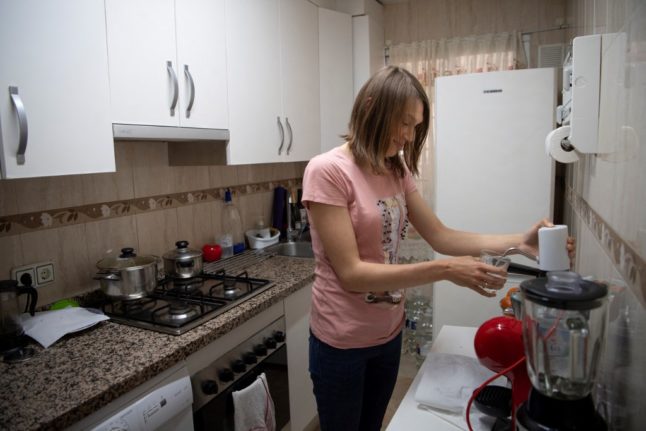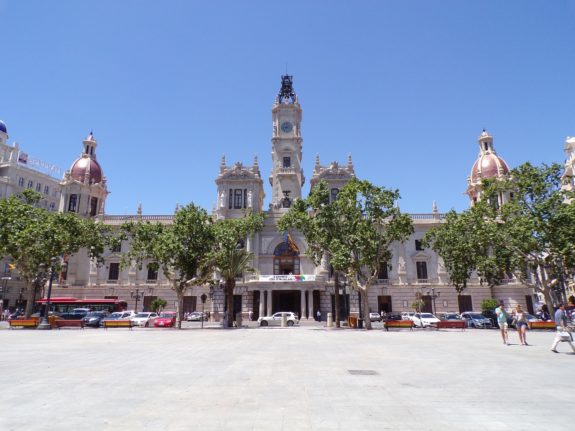Changing the name on your utility bills and the payment details should in theory be relatively straightforward, however you may come up against some common problems, which can make the change pretty complicated.
Firstly, you will need to find out which energy companies have been contracted for your property.
You can do this by asking the previous owner themselves, contacting your landlord if you’re renting or asking your estate agent to find out for you.
When it comes to water, this should be provided by your local council or city, so you won’t need to contact the previous occupant for this one.
How do I change the title over?
When you first move in, remember to note down the numbers on the gas, electricity and water meters, so you can give these to the utility companies and they can record how much you should owe, instead of having to pay for the previous occupant’s consumption as well.
Next, you will then need to contact the energy company supplying your property or water provider and ask for a cambio de titular a nombre del arrendatario o comprador (ask for a change of ownership in the name of the renter or buyer).
The process should be completely free for electricity and gas, but in some cities, you may need to pay a deposit for changing the title of the water bill, which you should get back when you vacate the property. The deposit can be anywhere between €50 and €100.
Contacting the energy company by phone may be the best way to make sure everything is done correctly, but some companies also have online forms where you can request a title change. When it comes to water, most cities will have water offices you can visit or specific e-mail addresses if you can’t contact them over the phone.
There are a few pieces of information you’ll need to have on hand before you contact the company. These are:
- The full name of the previous person who had the bills in their name
- Your NIE / DNI
- The address of the property
- The date you moved in
- The CUPS code (not needed for water)
- Your padrón certificate (for water only)
- A copy of the deeds of the property or rental contract
- Your bank details
With all this information, they should be able to change the name over on the account relatively quickly, so that any future energy bills will go directly to you.
At this time, you can also change your tariff or amount of energy contracted to suit your individual needs.
How do I find the CUPS code?
The CUPS code or Código Unificado del Punto de Suministro (Universal Supply Point Code) is a number that identifies each individual property that receives electricity or gas. The number doesn’t change, so you could ask the previous occupant for this as it will be written on their energy bills.
Alternatively, if this isn’t possible you can contact your energy distributor – these are assigned by area and stay the same. By giving them your name, address and ID number such as NIE, they will be able to give you the CUPS code associated with your property.
What if I want to change to a new energy company?
If you’d prefer not to contract the energy company that the previous owner had, you can also choose to go with a new one. In this case, you will still need all of the same information and numbers as above, but you will contact the energy provider of your choice and the type of tariff you want to pay.
How long will it take to change the name over?
It can take between 1 and 20 days for the bills to be changed over into your name. The previous occupant will receive their final bill and then you will receive the new one from the date you moved in.
What are some of the problems I might come up against?
The most common problem is when the previous occupant is not up to date on paying their bills and has some outstanding debt. In this case, if you try to change the title over into your name, you will also be inheriting the previous owner’s debt.
In this case, you will have to get the previous occupant to pay their outstanding bill before you can change it over into your name. If you have problems getting them to pay their bill, then you can show proof of the date you moved in by sending in a copy of your deeds or rental contract. This should in theory allow for the transfer of ownership without having to take on the debt, however, it can be a tricky process, often calling the energy company multiple times and waiting for verification of the proof.
What if the energy services have been cut off?
In the case that the property has been uninhabited for some time, the previous owners may have deactivated or cut off the utilities. If this is the case, then you will need to call the energy providers to activate them again. This will typically involve paying several fees to be able to get them up and running. The amount you pay will depend on the energy distributor and where the property is based in Spain.



 Please whitelist us to continue reading.
Please whitelist us to continue reading.
Member comments